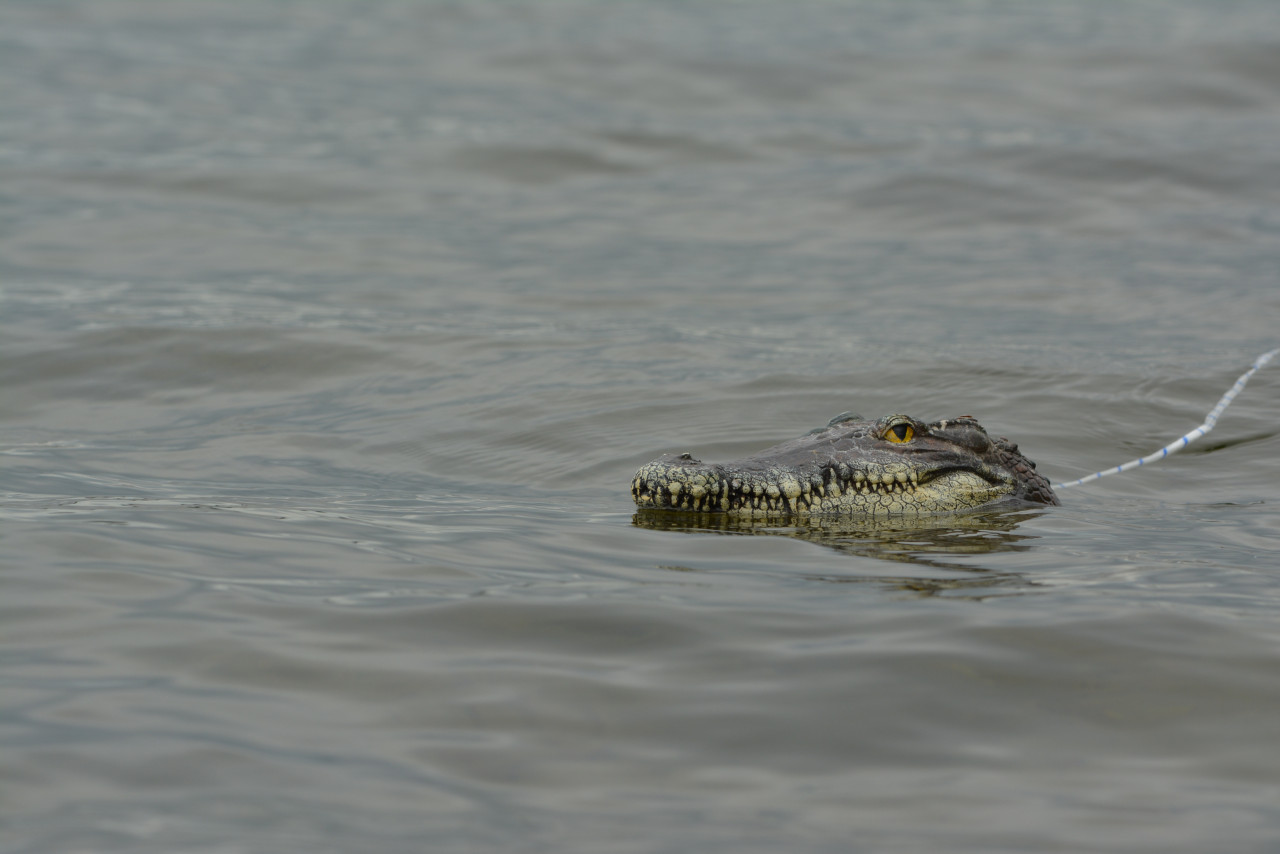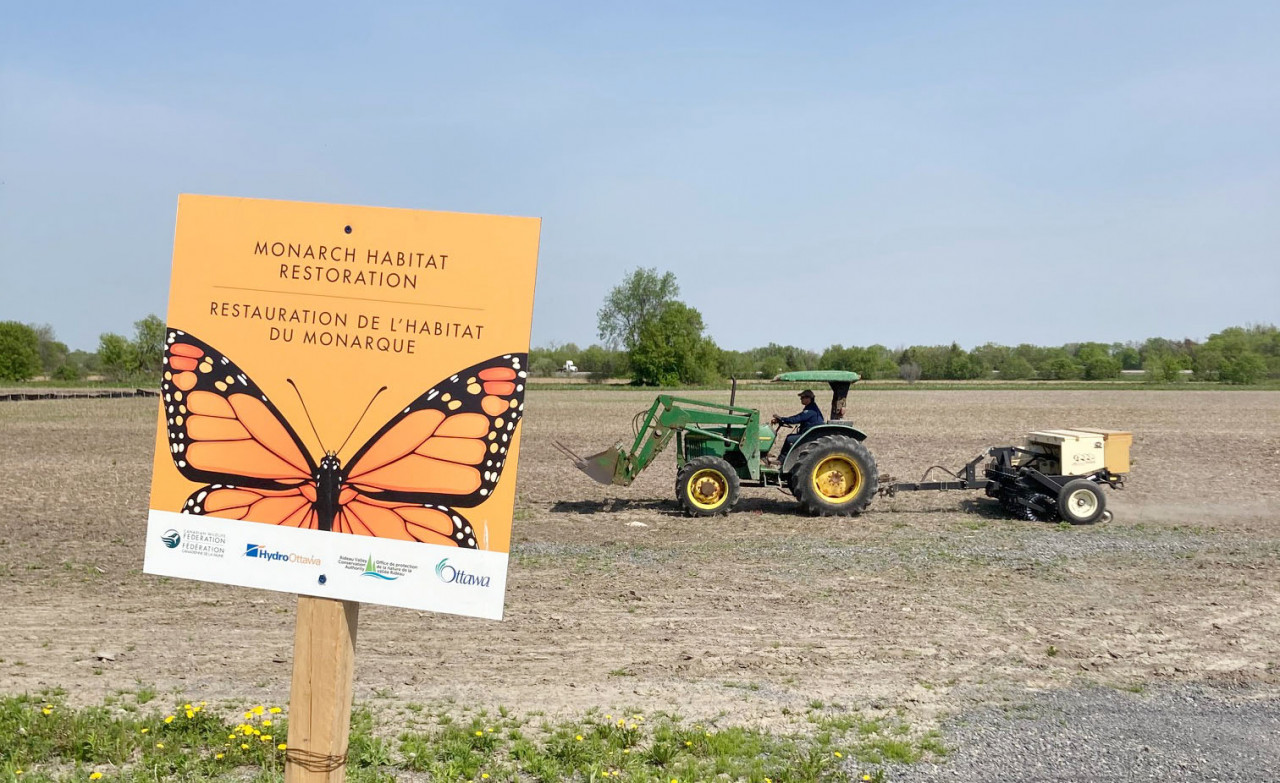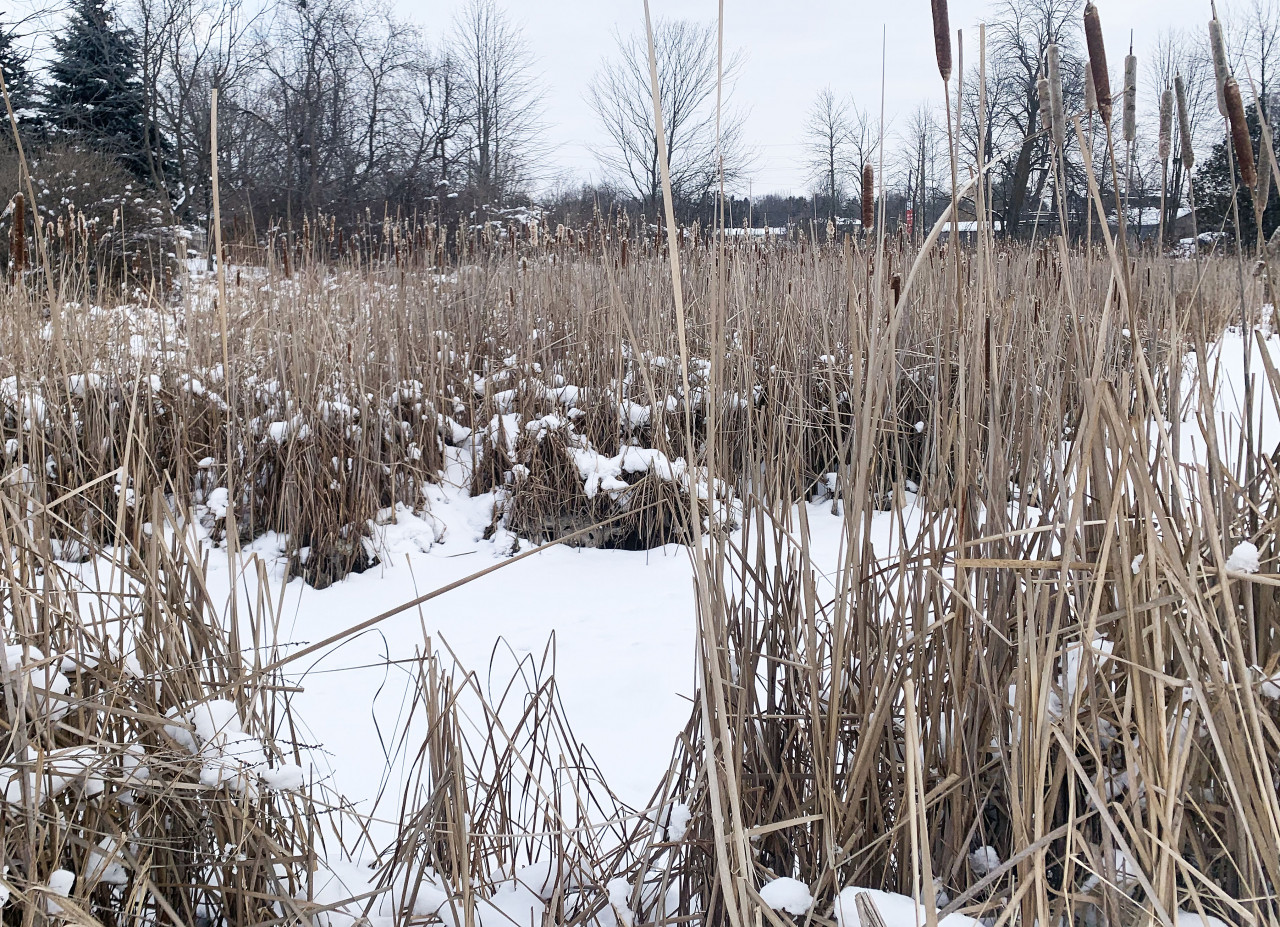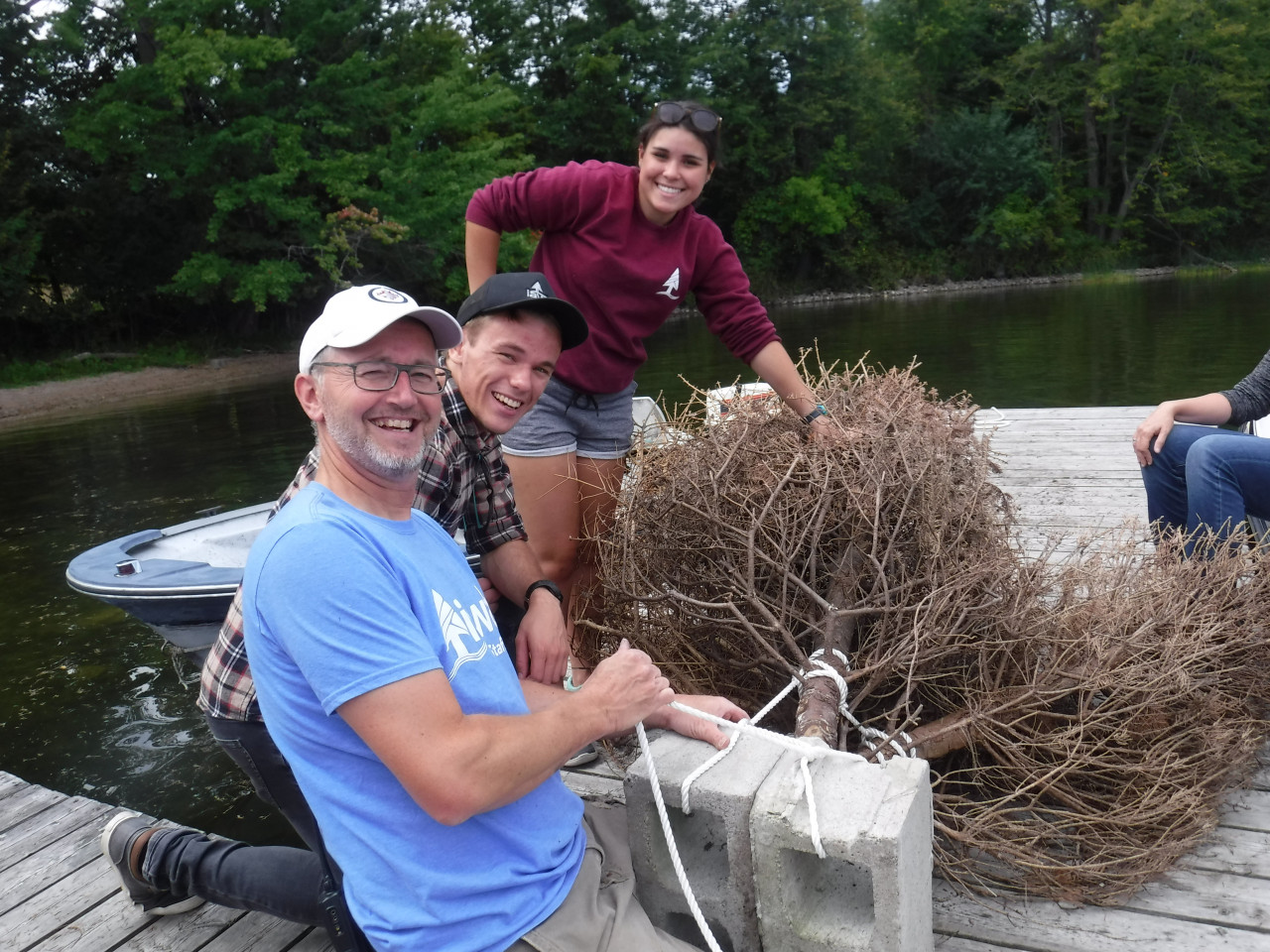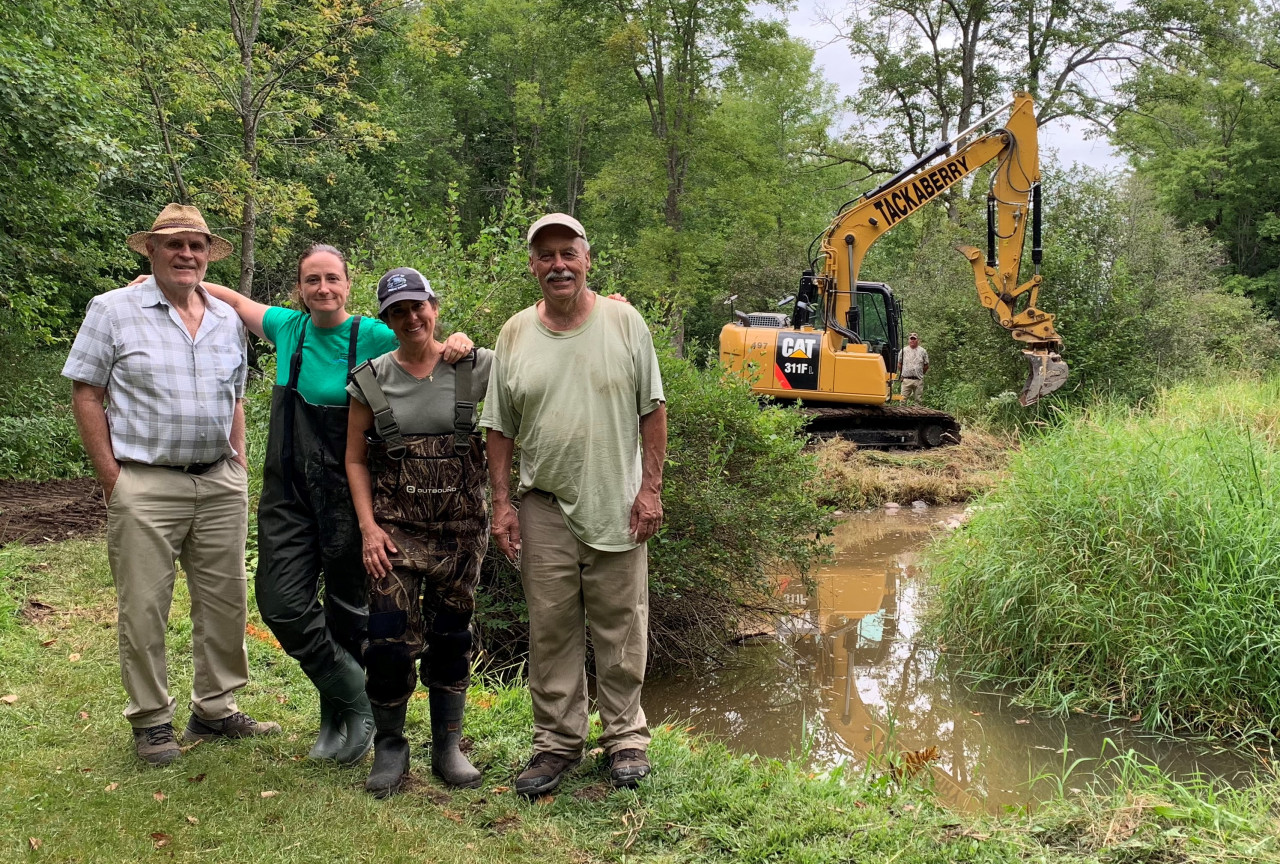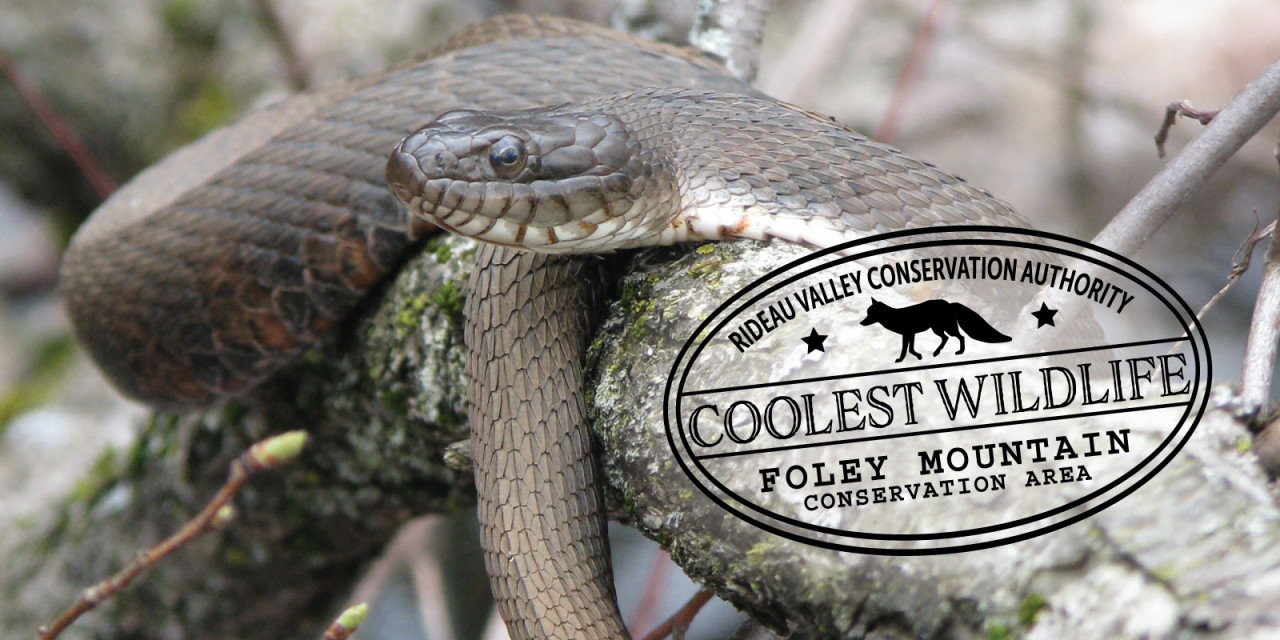Long-time Westport residents remember life before the park
To Pat Brown, Foley Mountain has always meant freedom.
Born at the base of the famous ridge in Westport, ON, the 85-year-old spent her childhood in the 1940s and 50s roaming the wild lands and open cattle pastures that overlooked Upper Rideau Lake.
Any chance she got, she'd head up the footpath in the morning and return home when the Catholic church bell rang at 6 p.m.
"I could have been anywhere up there," Brown laughed.
Sometimes she would drag her dolls up the mountain to play house on a carpet of pine needles. Other times she'd dress up and perform elaborate concerts for imaginary audiences.
"I don't know who I expected to come out of the bushes to watch," Brown smiled.

